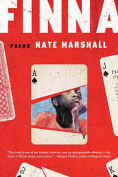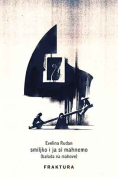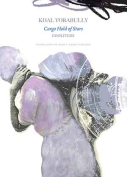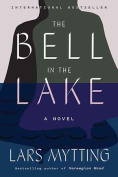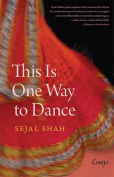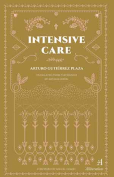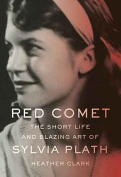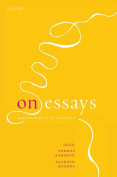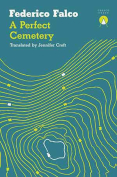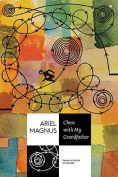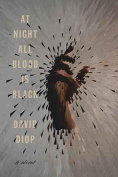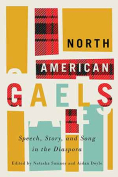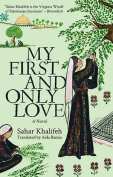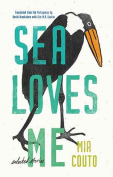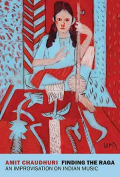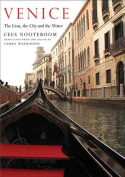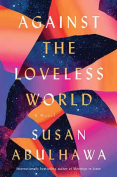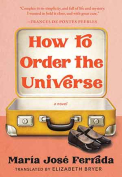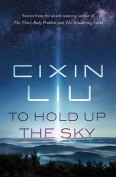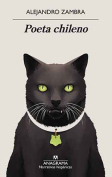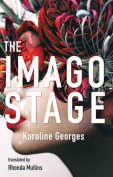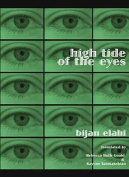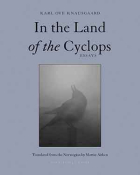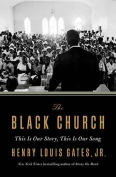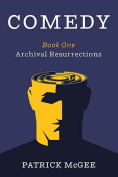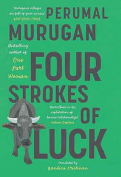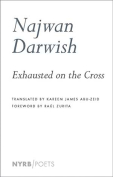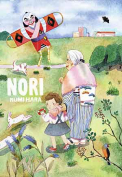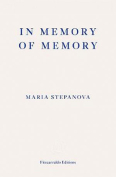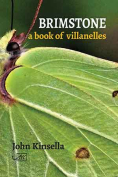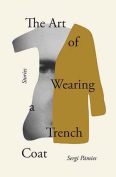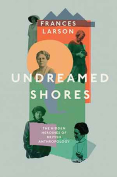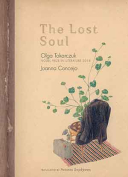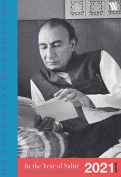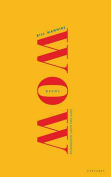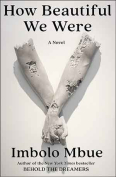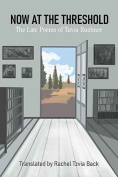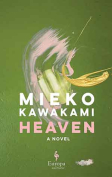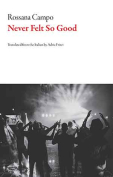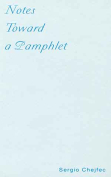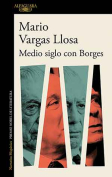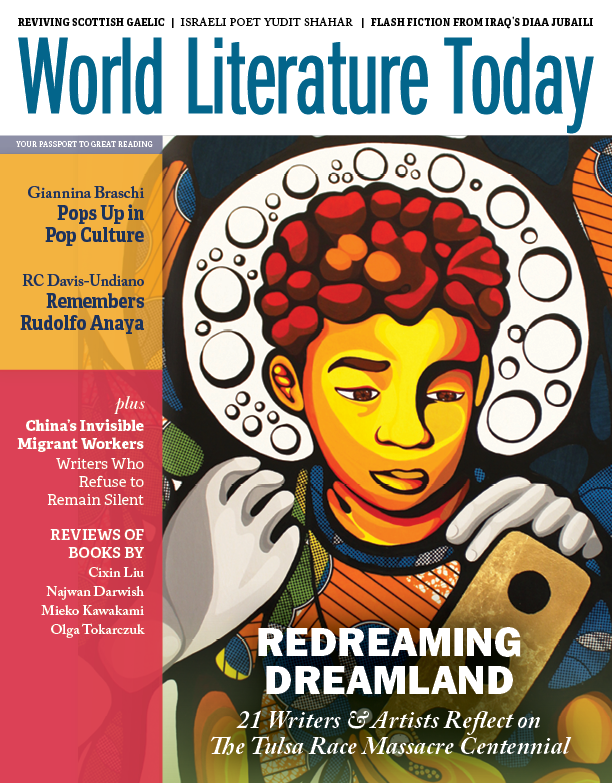Finding the Raga: An Improvisation on Indian Music by Amit Chaudhuri
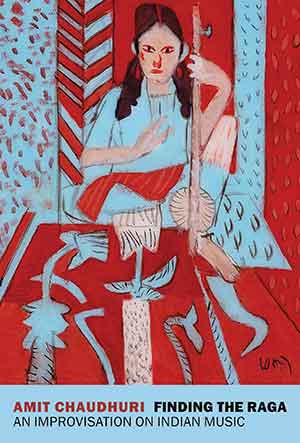 New York. New York Review Books. 2021. 253 pages.
New York. New York Review Books. 2021. 253 pages.
IF FICTION IS “CREATED,” then nonfiction is surely “found.” Criticism is a hunt for flaws and virtues, history spotted in the wind-mirror, memoir nothing but the draff at the bottom of memory’s barrel. Quality is not intrinsic to characters, events, or ideas but a question of how they come together, like notes in a melody. Viewed in this light, Finding the Raga, the latest book by writer-cum-singer Amit Chaudhuri, is an awkward and somewhat dissonant composition in which musical exegesis rubs shoulders with commentary on modernist art and episodes from Mughal history; “chapters” range in size from a paragraph to a dozen pages, while part 1 (out of four) occupies three-quarters of the book. And yet it is precisely by tearing through structural conventions that Chaudhuri is able to alight on a new summit of cultural discourse. For this is not just a book about found things. Rather, as its title implies, it is a commentary on the process of finding the inaudible harmony, or raga, between music, art, and life.
A raga is a scale, the musical framework of Indian classical music. “You can’t compose a raga because ragas have no composers in the conventional sense,” writes Chaudhuri. “They are ‘found’ material turned into fluid and imperishable forms by the culture.” But Chaudhuri’s presence as the maestro of this quiet work, and his unique position on the threshold between music and literature, between East and West, are what make Finding the Raga so illuminating. Nearly every thought and anecdote is forged by Chauduri’s experiences and tempered by his humble, understated style, from discovering the overlap between social consciousness and musical taste as a student at University College London, to learning from his tutor to incorporate external factors—a drop in temperature, the pitch of the air-conditioner’s humming—into musical performance.
Chaudhuri himself proves a patient teacher, as he familiarizes readers with the lexicon of Hindustani classical music and walks us through the various khayals and ragas note by note. The reading is certainly enhanced by having a pitched instrument at hand, for ultimately the book remains a literary, as opposed to musical, work. Perhaps Finding the Raga’s greatest shortcoming is its inability to reconcile form and content in this way, but it is a shortcoming that Chaudhuri acknowledges. “People have asked me, ‘In what way does being a musician affect your writing?’ . . . After three decades, I see . . . one link: I’m told I have a tendency not to come to the point.”
Readers hoping to find that point will be put off by Finding the Raga’s profound but detumescent musings. But those looking to attune themselves to the timbre of Indian classical music, or to discover fresh insights into this ancient tradition, will not be disappointed.
Josh Allan
Oxford
